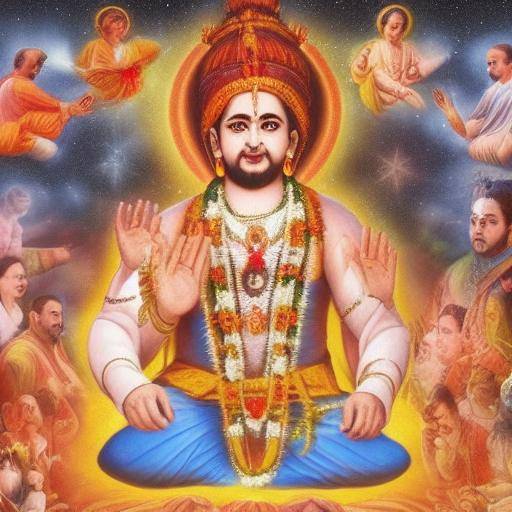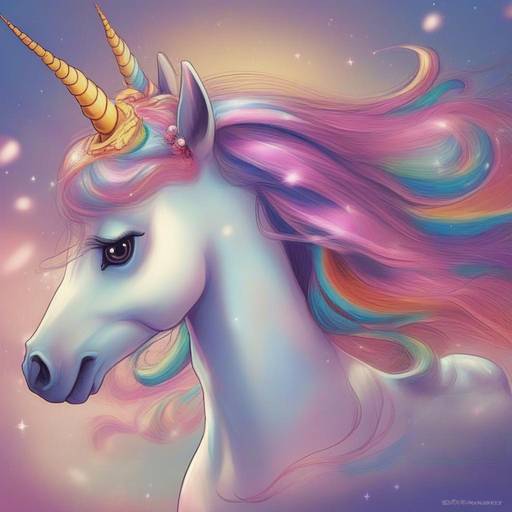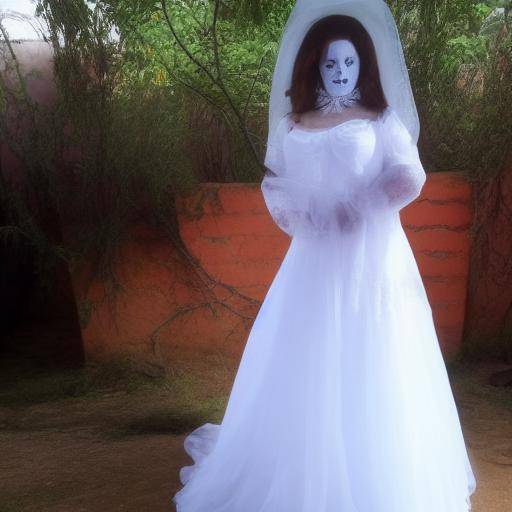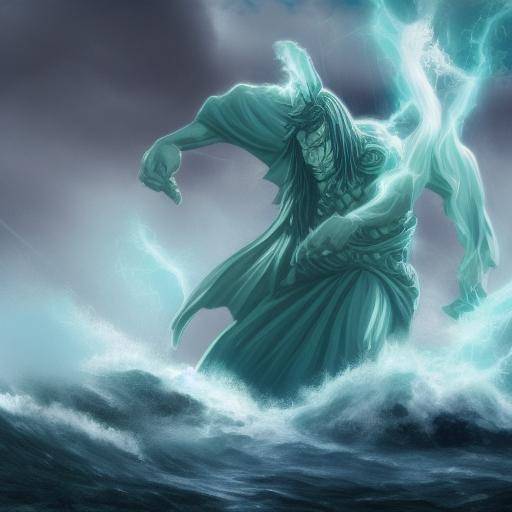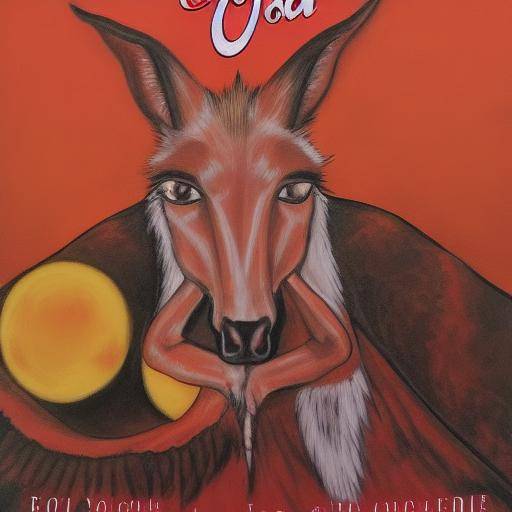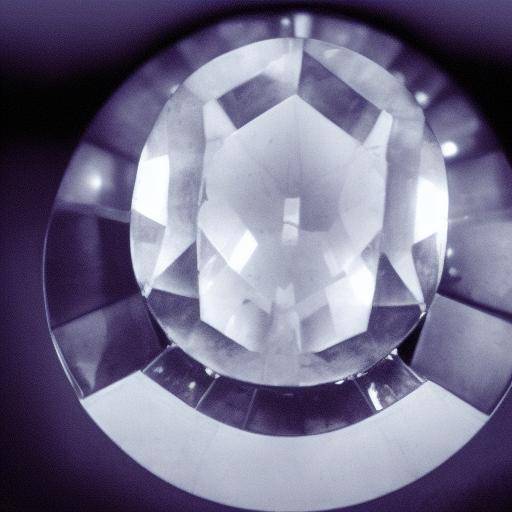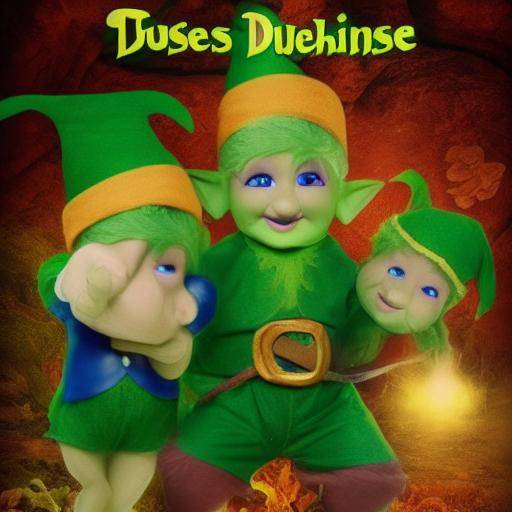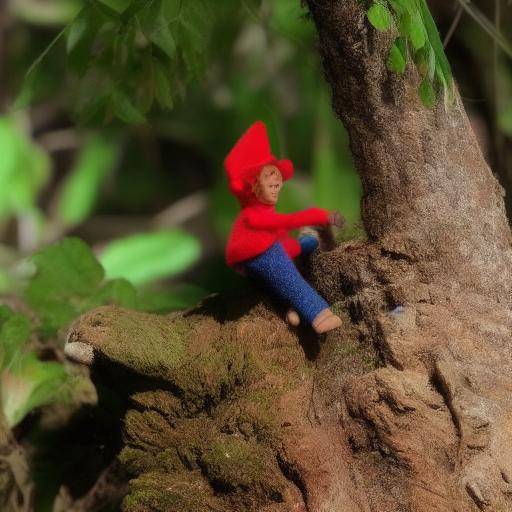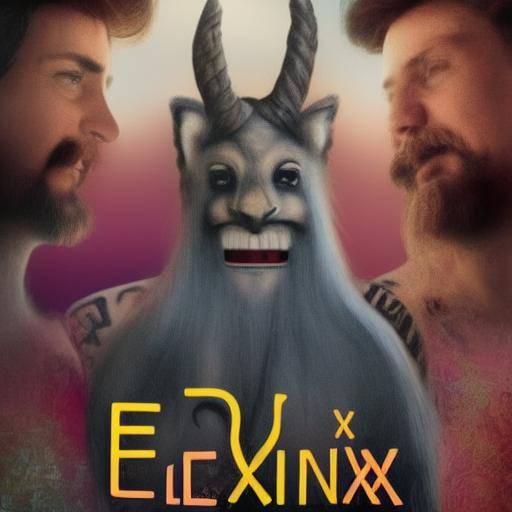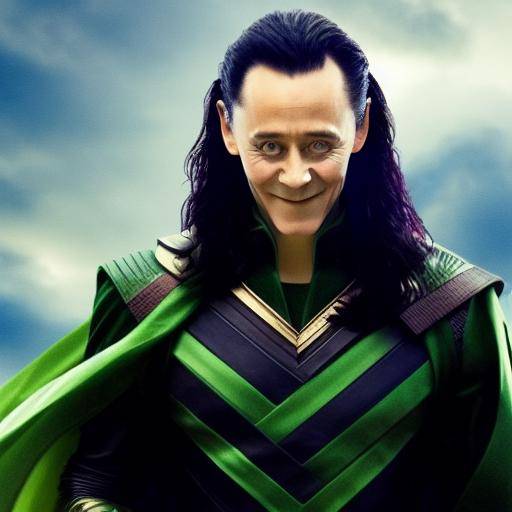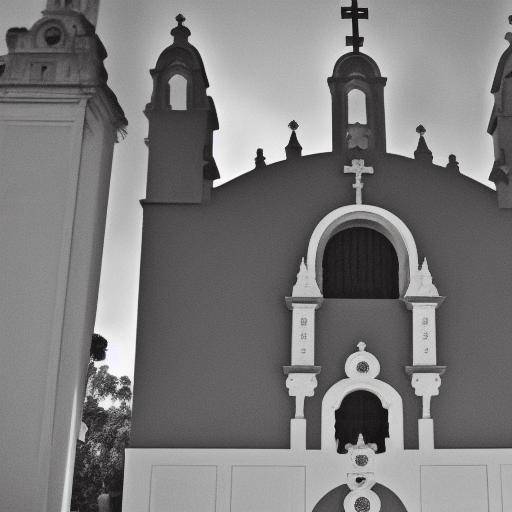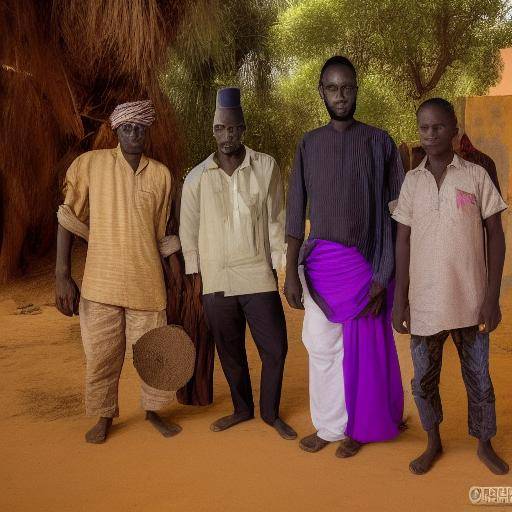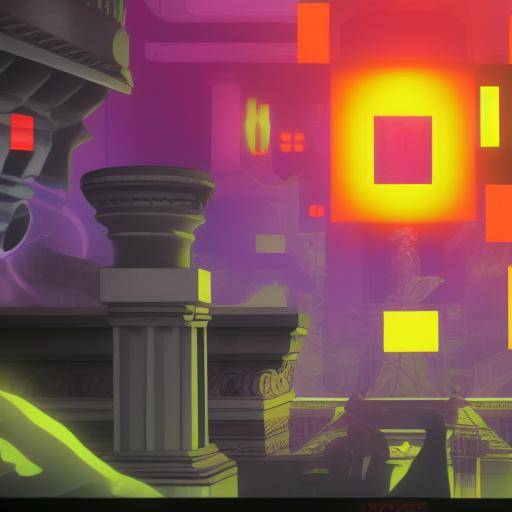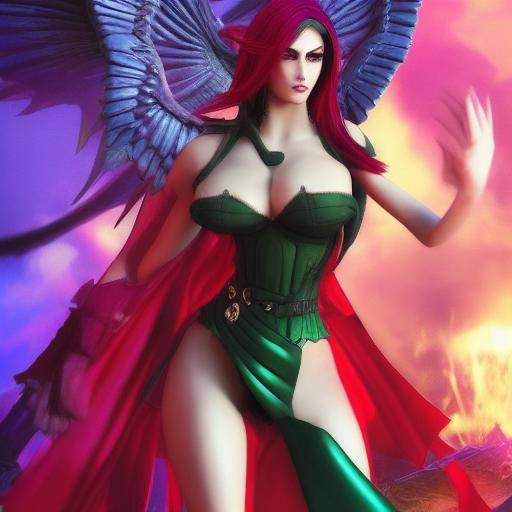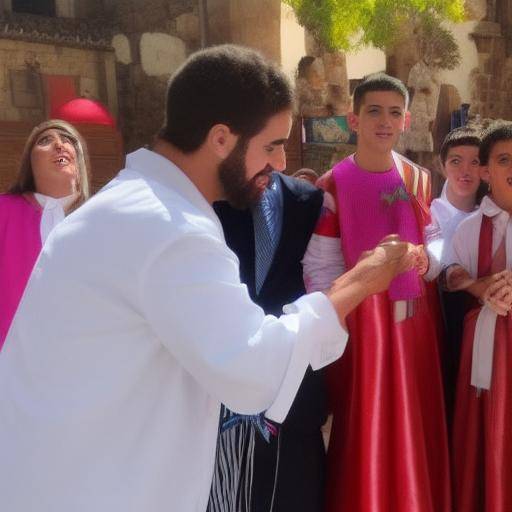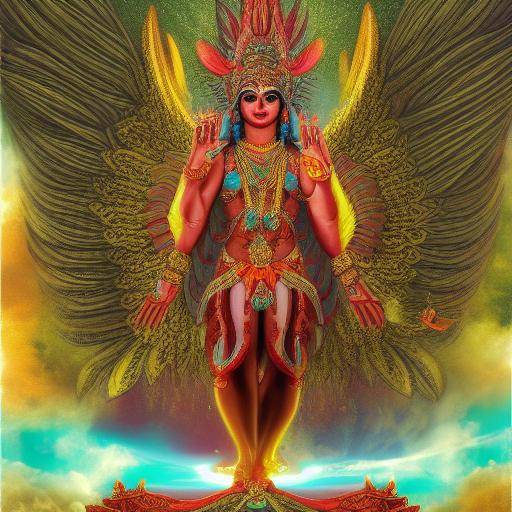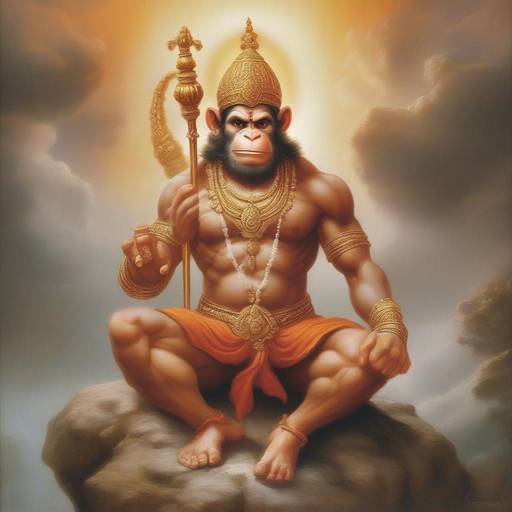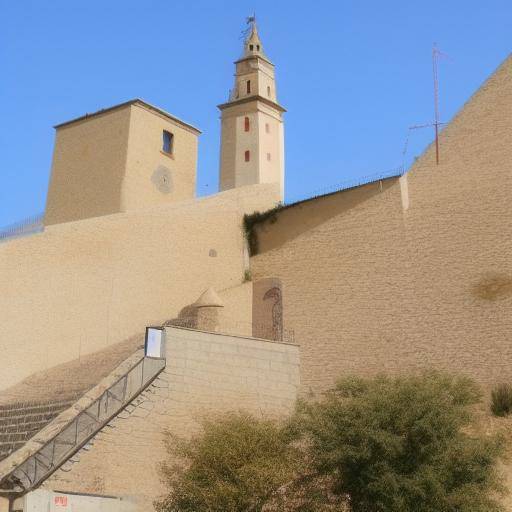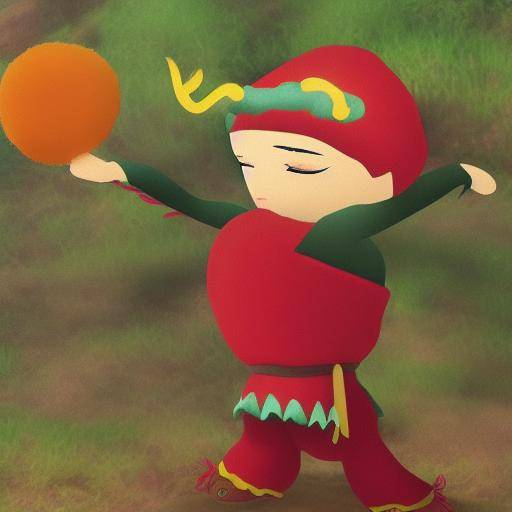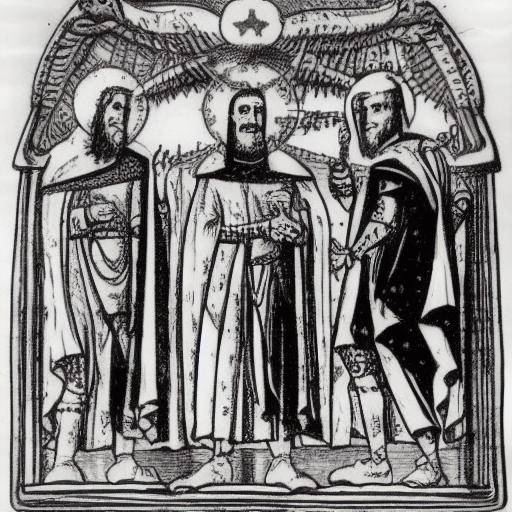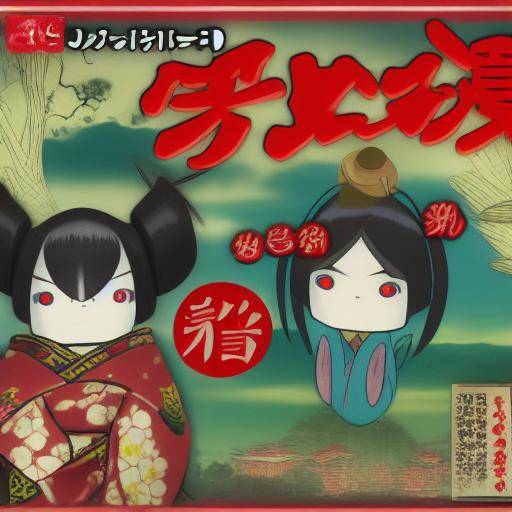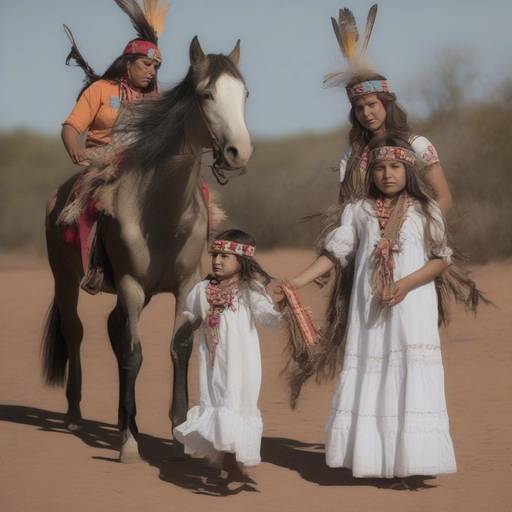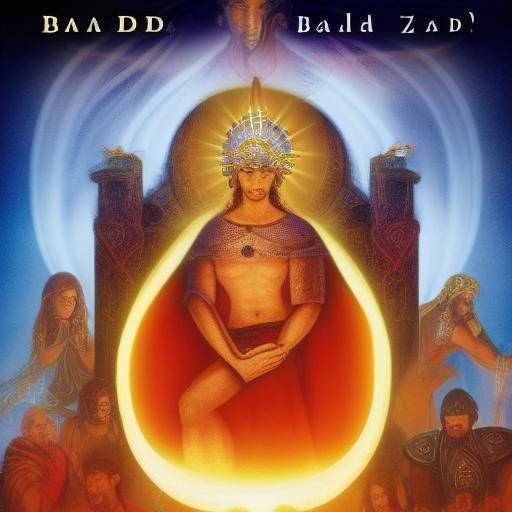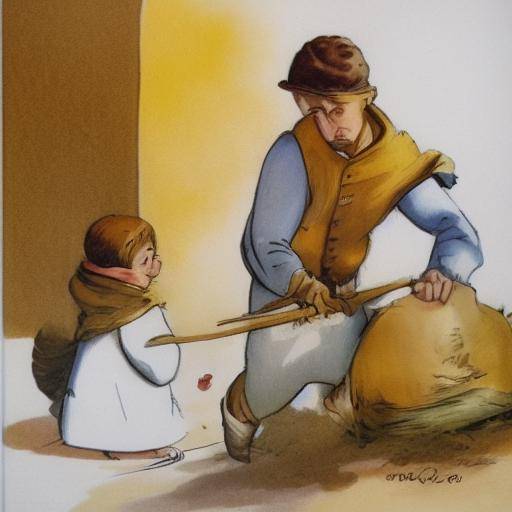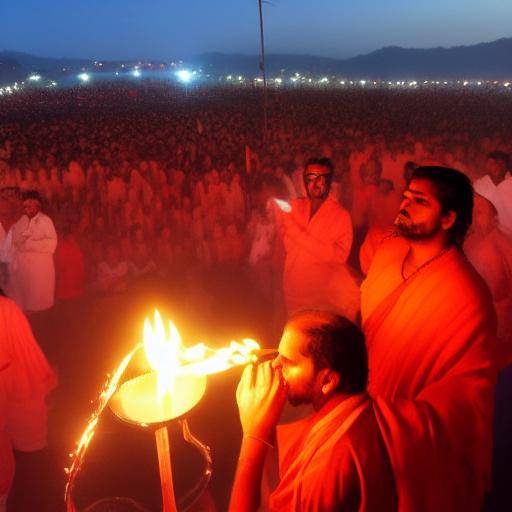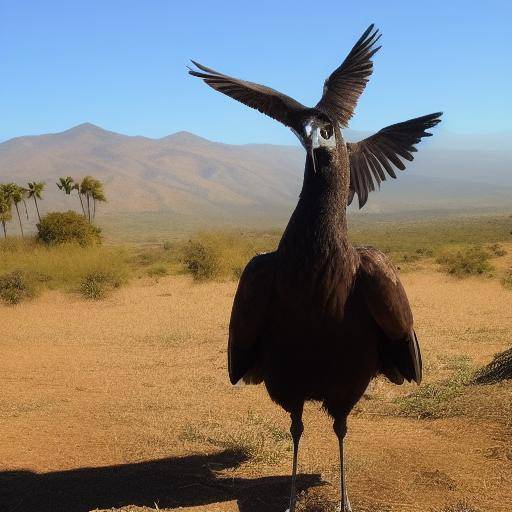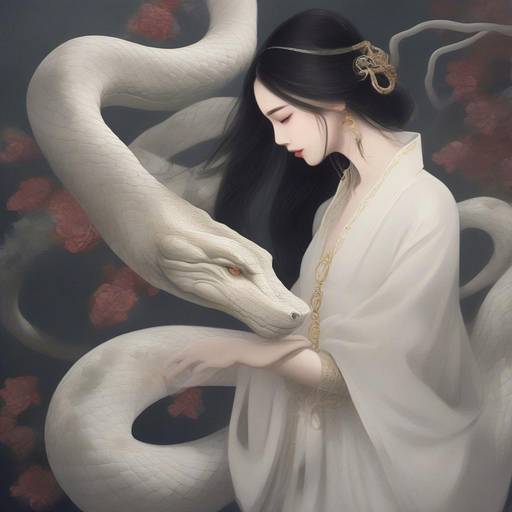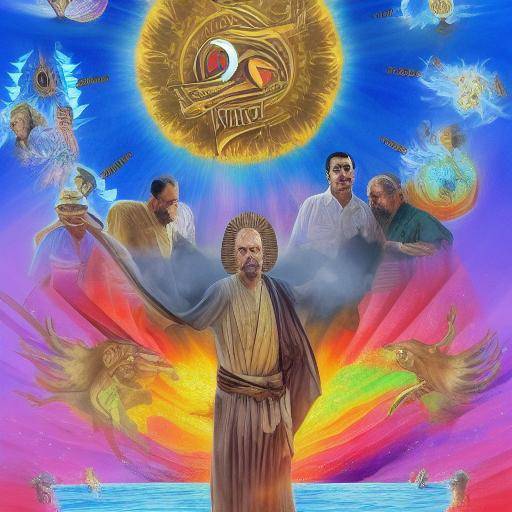
Ra is a fundamental deity in Egyptian mythology, being the powerful god of the sun. His stories and influence transcend time, leaving a fascinating legacy that still haunts us. In this article, we will explore in depth the myths of Ra, his role as a sun god in Egyptian mythology, and the implications that this has in culture and religion. From its origin to its modern meaning, we will discover the fascinating history behind this enigmatic god. Prepare to immerse yourself in the world of Egyptian mythology and discover the mysteries of Ra, the god of the sun!
Introduction
With an ancient lineage dating from the dawn of civilization, Egyptian mythology has a rich pantheon of gods, among which stands Ra, the solar god. This powerful god was considered the creator and main sustainer of the universe, symbolizing the sun as the source of life and energy. Through this article, we will immerse ourselves in the myths, legends and symbolisms that surround Ra, exploring its transcendence in Egyptian mythology and its relevance today.
History and Background
The history of Ra goes back to the dawn of Egyptian civilization, where its worship and worship spread throughout the territory of Ancient Egypt. The first references to Ra are found in funeral texts of the Old Empire, where it is represented as the primordial god that gave rise to everything that exists. As the cult of Ra prospered, its influence extended to all spheres of Egyptian society, becoming a fundamental pillar of Egyptian religion and worldview.
The worship of Ra experienced stages of splendor and transformation throughout the different periods of Egyptian history, adapting to the political and religious dynamics of Ancient Egypt. Its importance was reflected in the unification of various regions under its divinity, symbolizing the idea of a superior power that gave stability and cohesion to Egyptian society.
Origin and Creation
In Egyptian cosmogony, Ra was considered the creator of everything. It was believed that it arose from the primordial waters of the Nun in the form of a hill called Benben, and from it the light that dissipated the darkness. Through his tears and sweat, Ra created the Shu gods (gods of the air) and Tefnut (god of moisture). These two gods, in turn, gave birth to Geb (gods of the earth) and Nut (god of heaven), thus completing the cycle of creation.
The Solar Cycle
Ra was represented as the sun that traveled through the sky during the day and descended to the underworld during the night. This daily journey symbolized the ongoing struggle between order and chaos, light and darkness. During his night trip, Ra was facing the Apofis snake, symbol of chaos, to whom he was to defeat every night to rise triumphant at dawn. This perpetual cycle represented the renewal and constancy of the divine power of Ra.
Mythology and Symbolism
The myths and legends around Ra are full of symbolism and teachings that reflect the vision of the world of the ancient Egyptians. Some of the highlights include:
Ra and Apofis
Ra's fight against Apofis is one of the most important and recurring myths in Egyptian mythology. Apophis, a gigantic serpent representing the forces of chaos, tried to stop Ra's solar ship every night. This battle symbolized the eternal struggle between good and evil, order and chaos. Ra's daily victory assured the rebirth of the sun and the continuity of life.
Ra and Humanity
Another remarkable myth is that of Ra and humanity. According to legend, Ra ruled the earth as a divine pharaoh. However, when humanity conspired against him, Ra decided to punish the rebels by sending her eye, in the form of the goddess Sekhmet, to destroy them. Then Ra felt compassion for humans and detained Sekhmet, transforming her into the benevolent Hathor goddess. This myth highlights the power and mercy of Ra, as well as the duality of its nature.
The Eye of Ra
The "Ojo de Ra" is a powerful symbol associated with divine protection, power and revenge. Represented as a winged solar disk, Ra's eye watched and protected Pharaoh and the Egyptian people from their enemies. Moreover, the eye had the ability to send divine justice upon those who challenged the order set by the gods.
Worship and Worship
The worship of Ra was one of the most important in ancient Egypt, with temples dedicated to his worship throughout the country. The priests of Ra performed daily rituals to ensure the protection and favor of the solar god.
Temples and Priests
The temple of Ra in Heliopolis was one of the most important religious centers. The priests of Ra were responsible for performing rituals and maintaining the statues and altars of God. Daily ceremonies were held to honor Ra and ensure their continued benevolence and protection.
Holidays and Rituals
The holidays in honour of Ra were occasions of great celebration. One of the most important was the "Opet Feast", which celebrated the union of Ra with Amon, another solar god, in Thebes. During these holidays, processions and offerings were made to celebrate the strength and vitality of the sun.
Modern Relevance
Although the cult of Ra has disappeared, its legacy endures in modern culture. Ra remains a fascinating figure in studies of mythology and religion, and his symbolism continues to inspire literature, art and philosophy.
Ra in Popular Culture
The figure of Ra has appeared in numerous fiction works, from novels to films and video games. His image as the sun god and universe creator remains a powerful symbol that resonates in contemporary imagination.
Influence in Religion and Philosophy
The concepts associated with Ra, such as renewal, the cycle of life and the struggle against chaos, have influenced various religious and philosophical traditions throughout history. His symbolism remains relevant in discussions about the order, creation and nature of divine power.
Conclusion
Ra, the sun god, occupies a central place in Egyptian mythology, symbolizing the vital force of the universe and the eternal struggle between order and chaos. His myths and legends not only reflect the worldview of the ancient Egyptians, but also continue to inspire modern generations. By exploring Ra's history and symbolism, we get a deeper understanding of Egypt's rich cultural heritage and the universal concepts that continue to resonate with humanity.
This article has led you through the fascinating history of Ra, the sun god, revealing its importance in Egyptian mythology and its lasting influence on culture and religion. From its origins to its modern relevance, Ra remains an emblematic figure that embodies the power and mystery of the sun.

